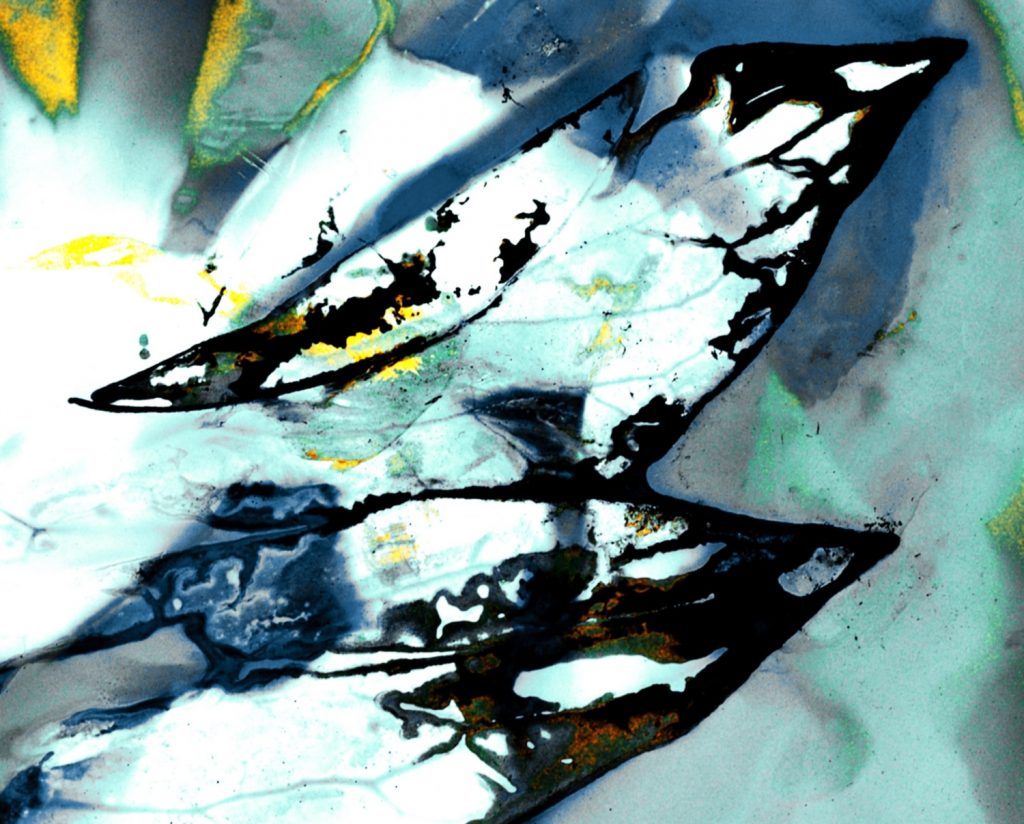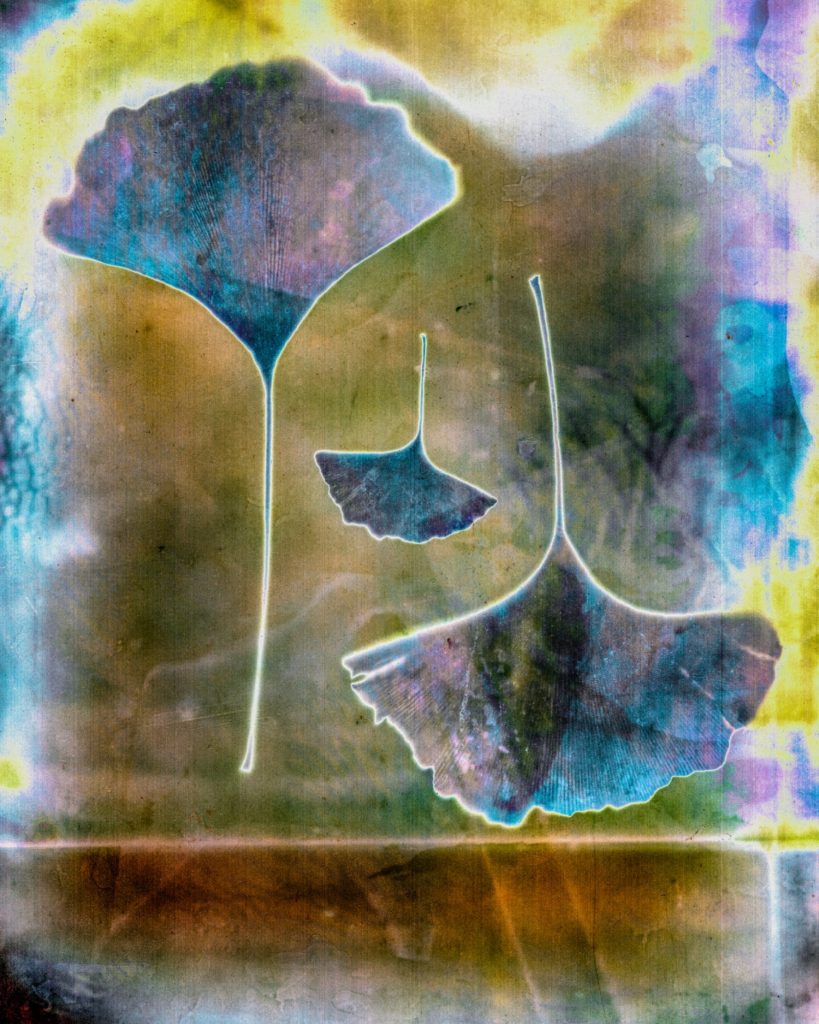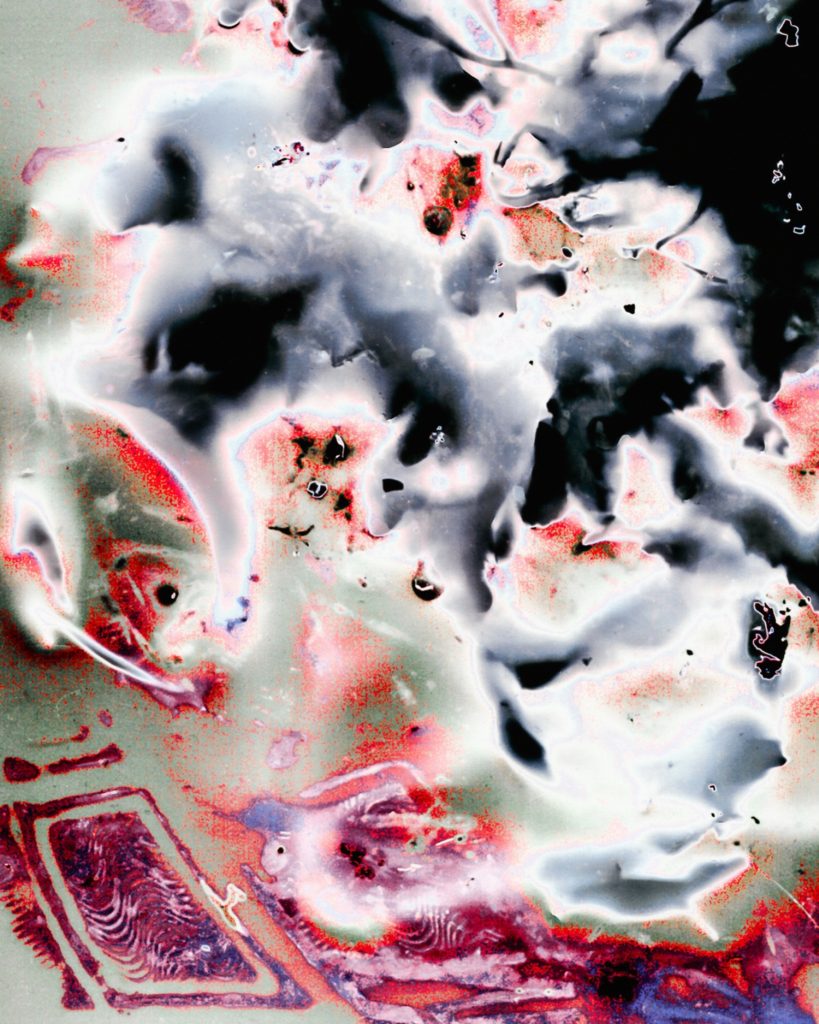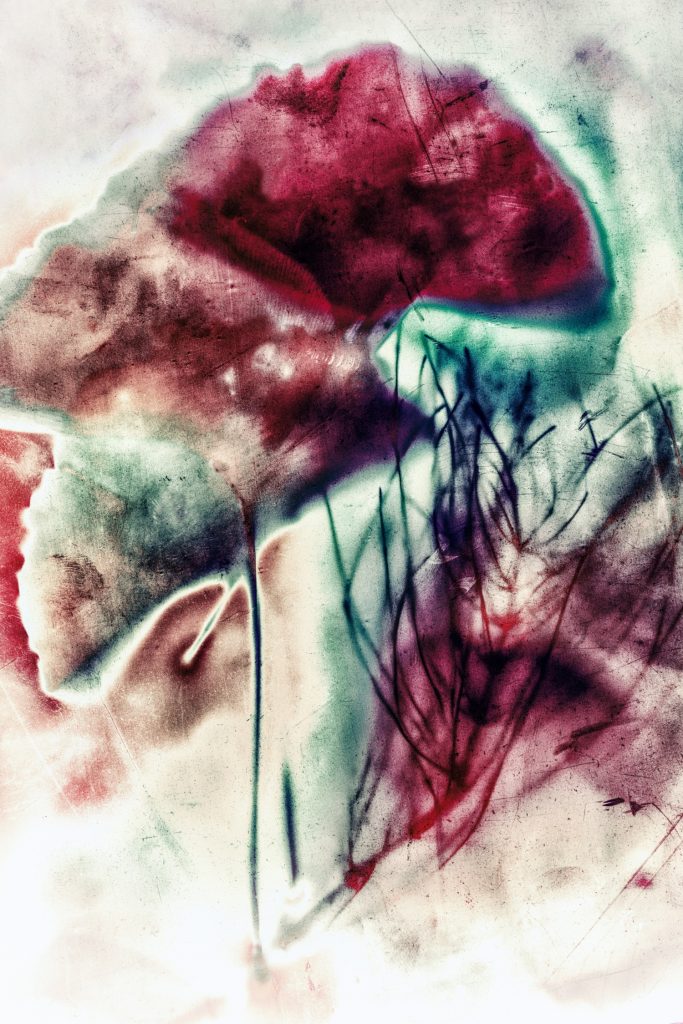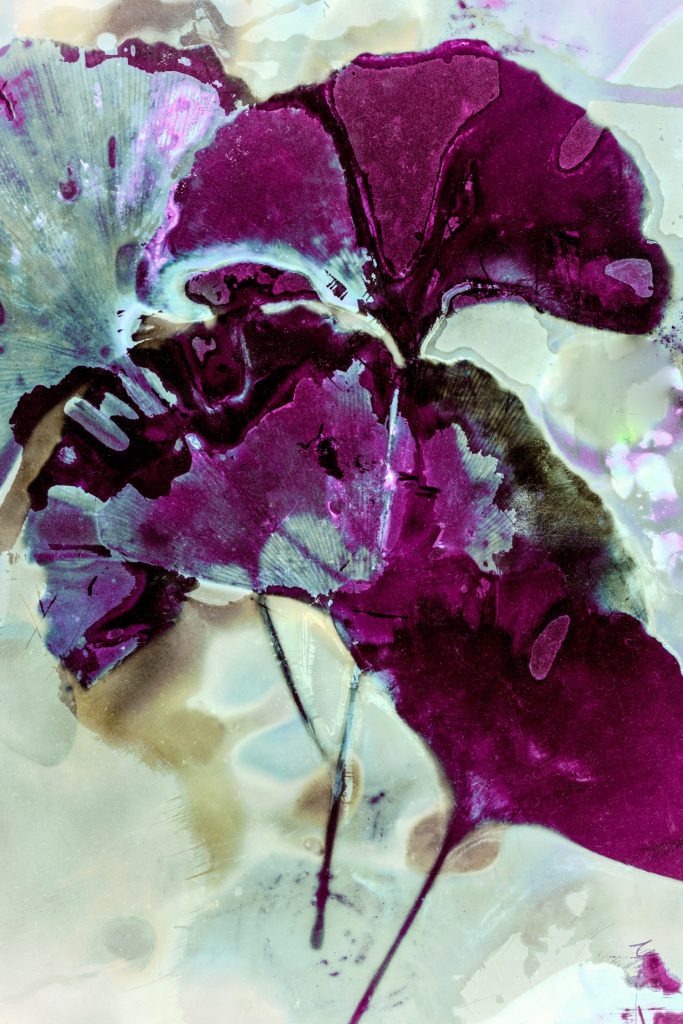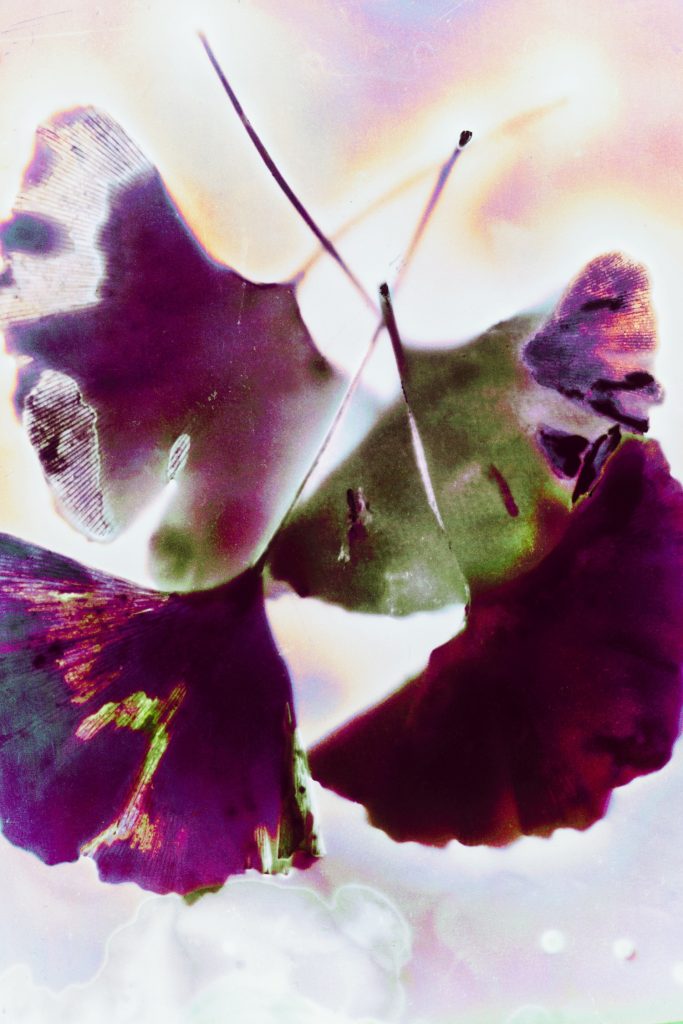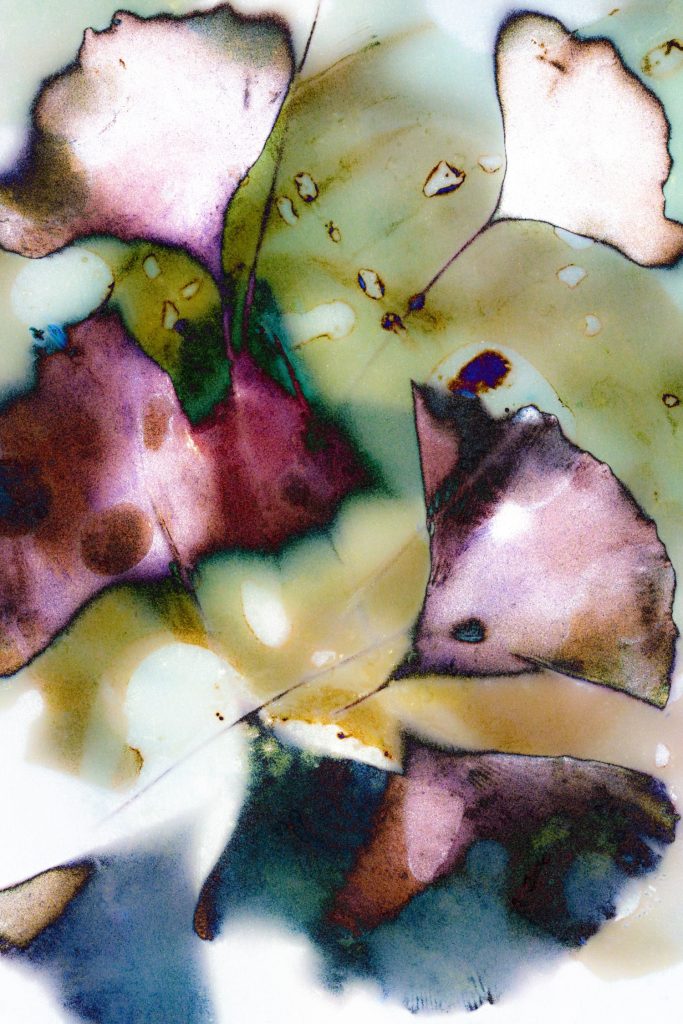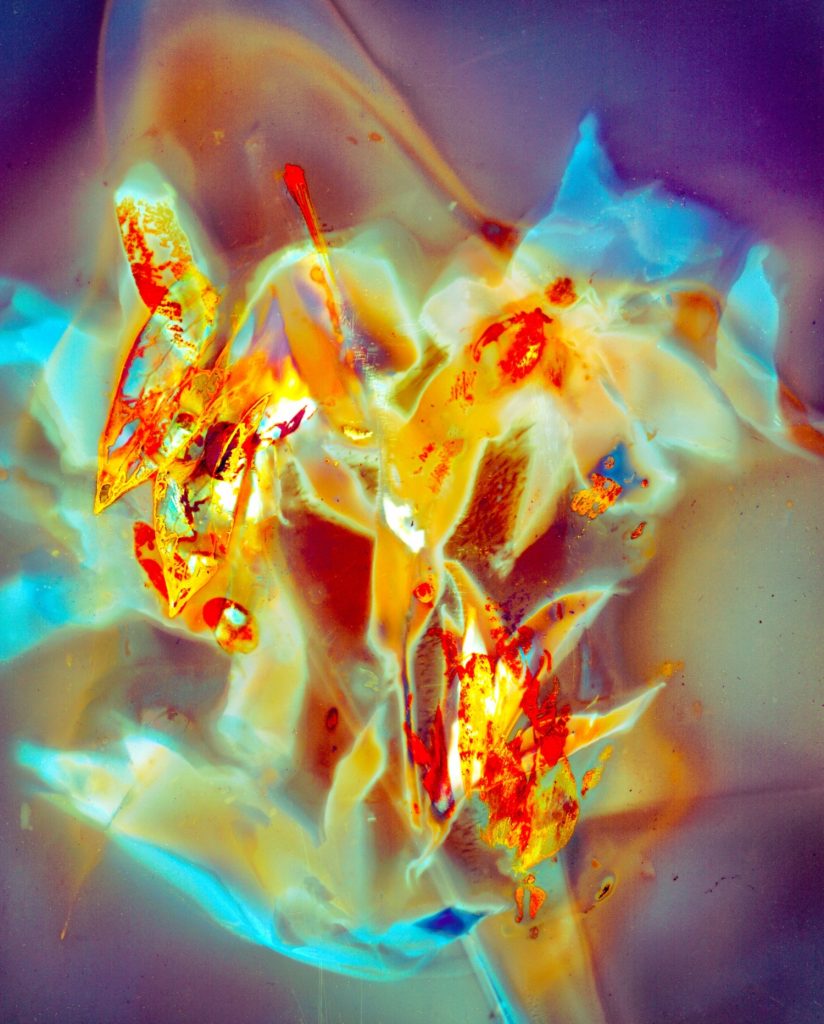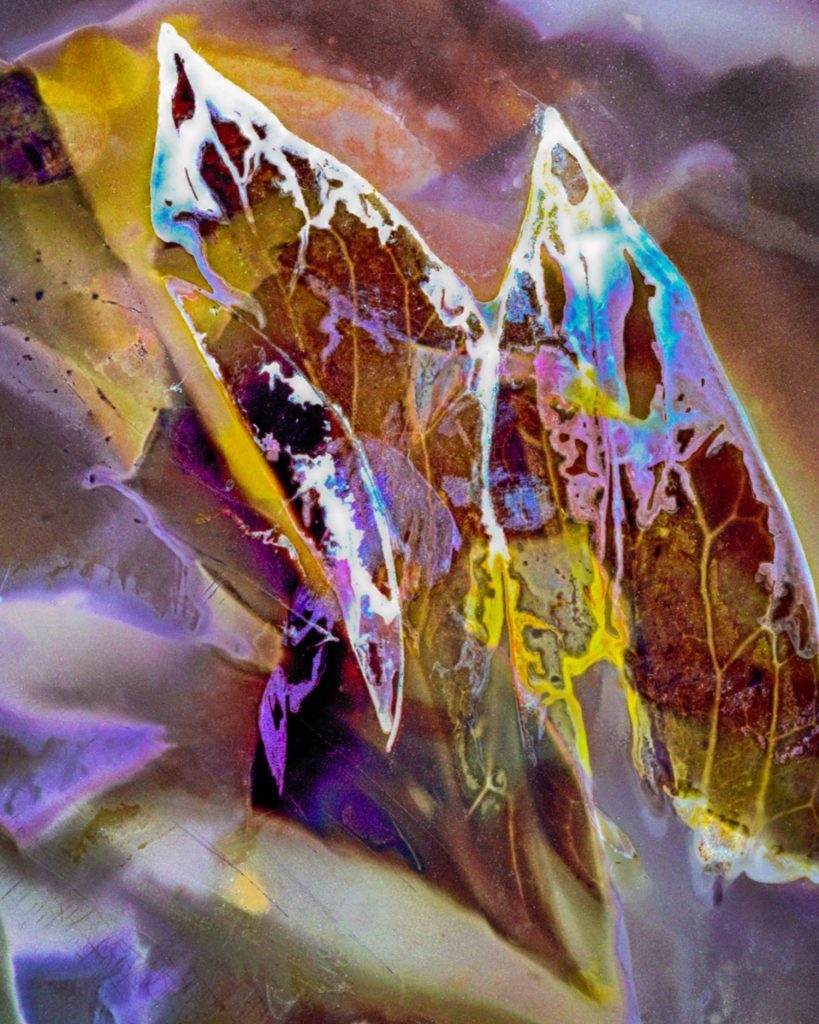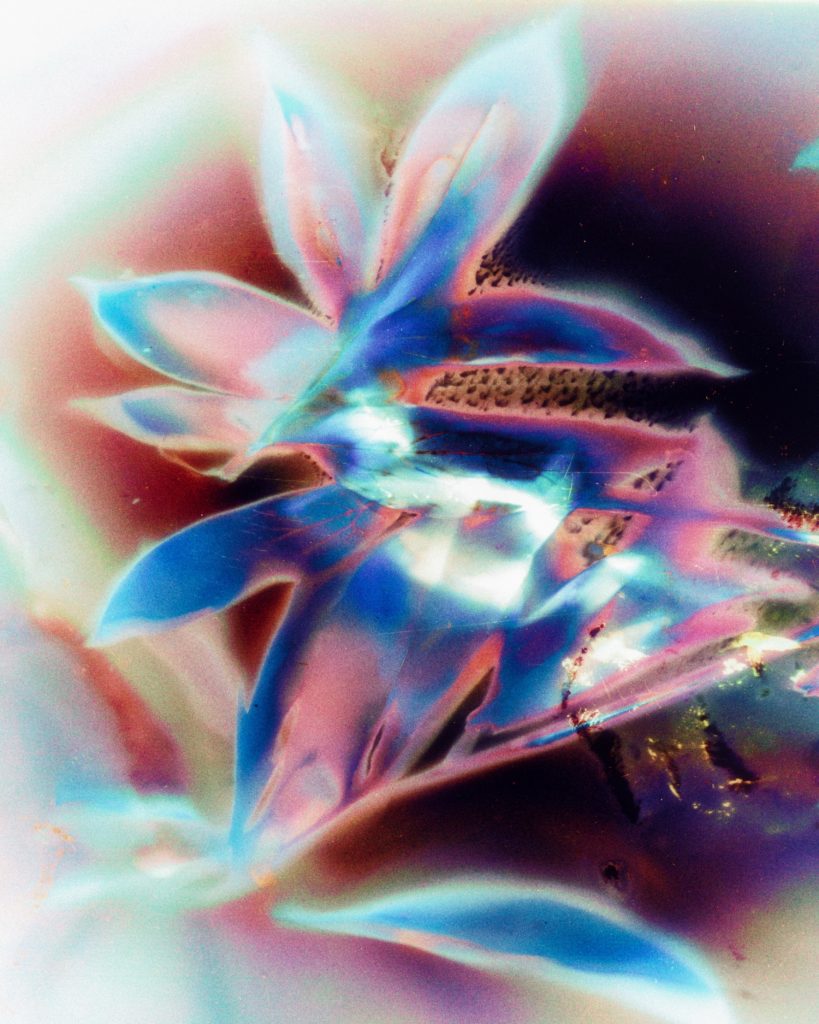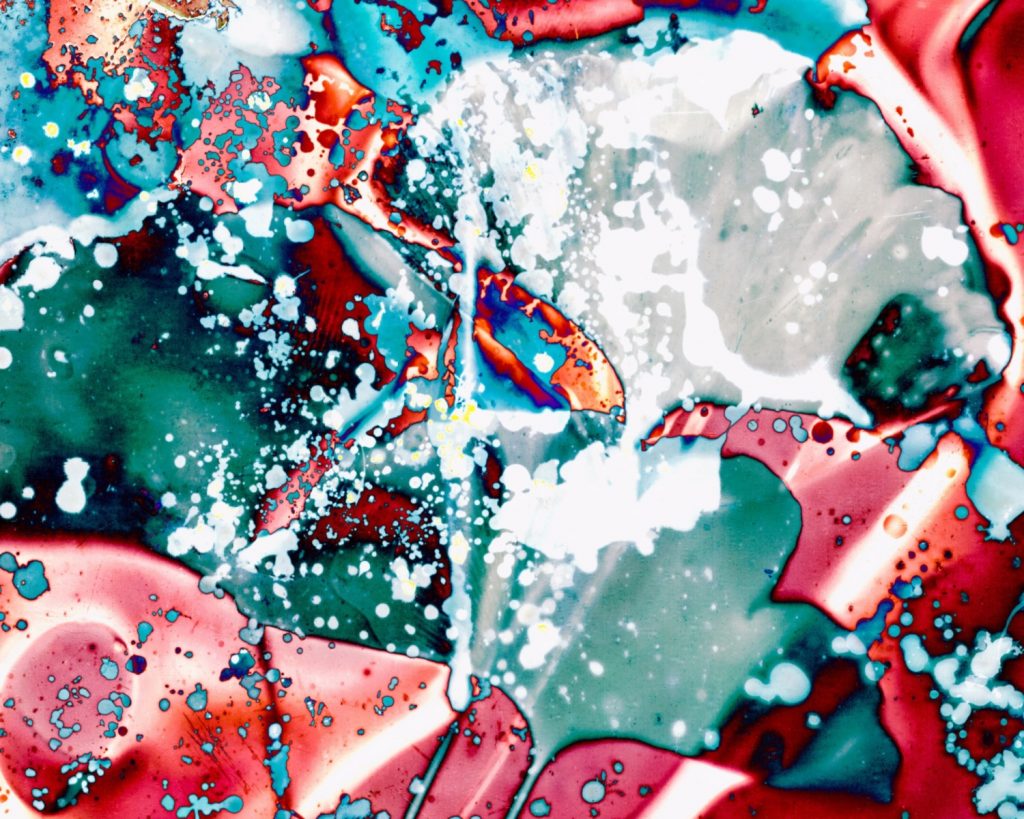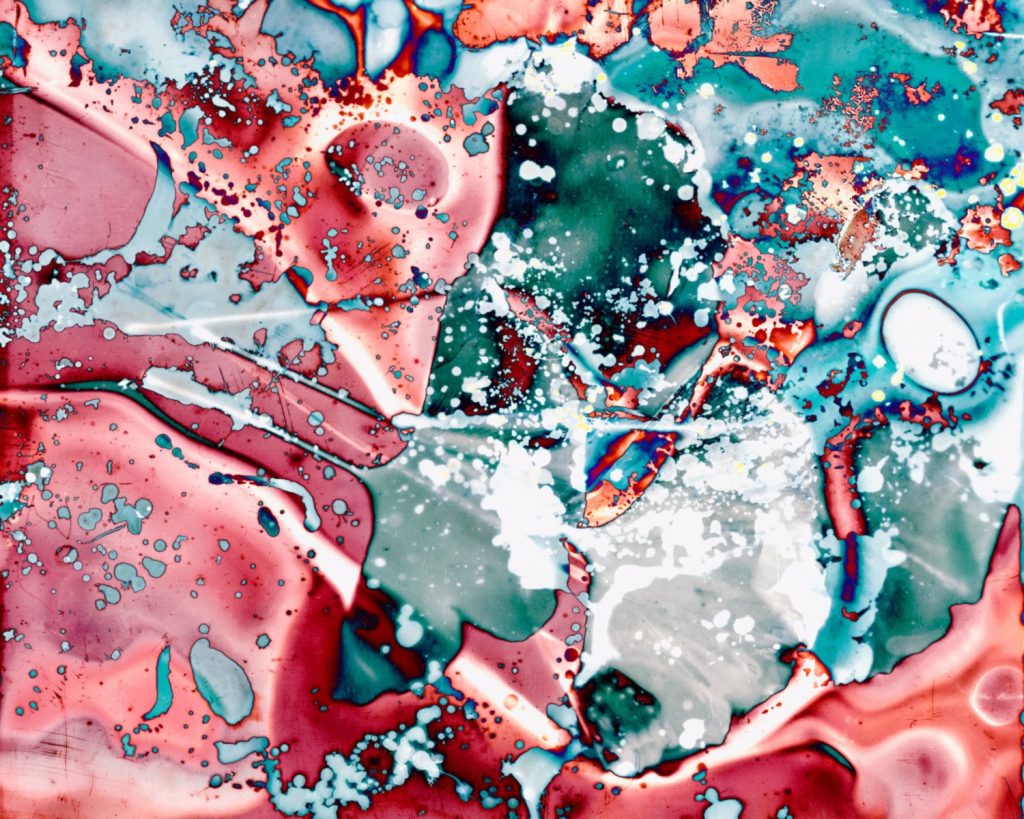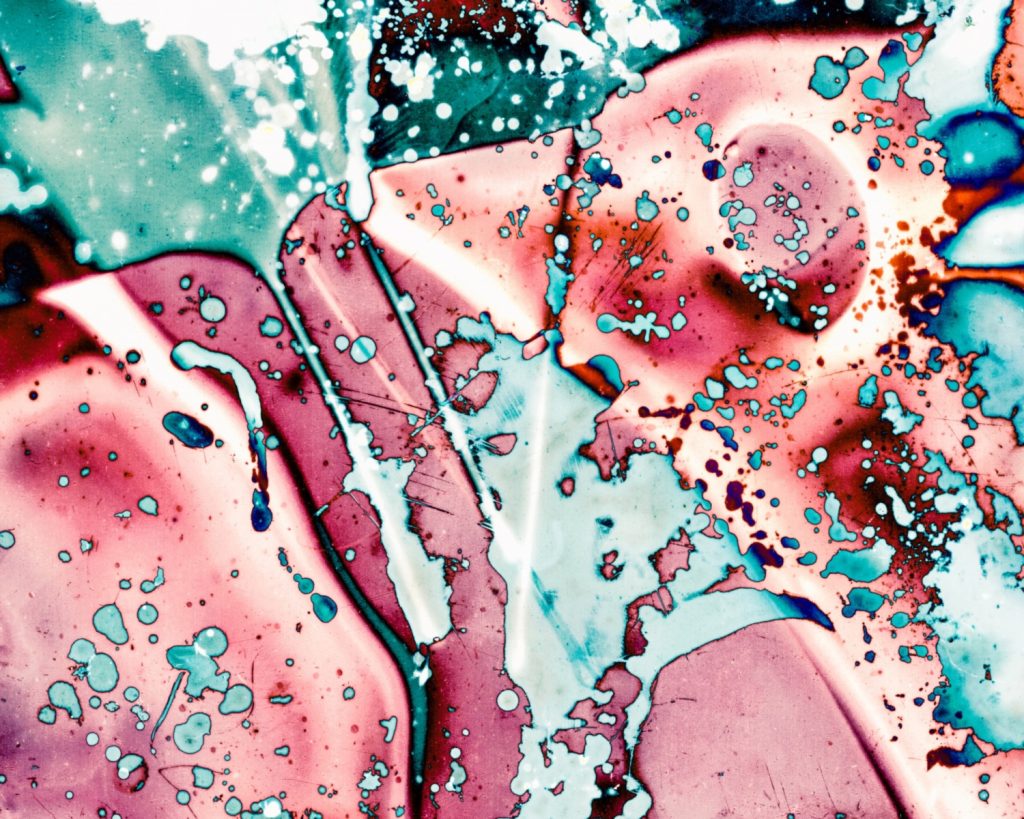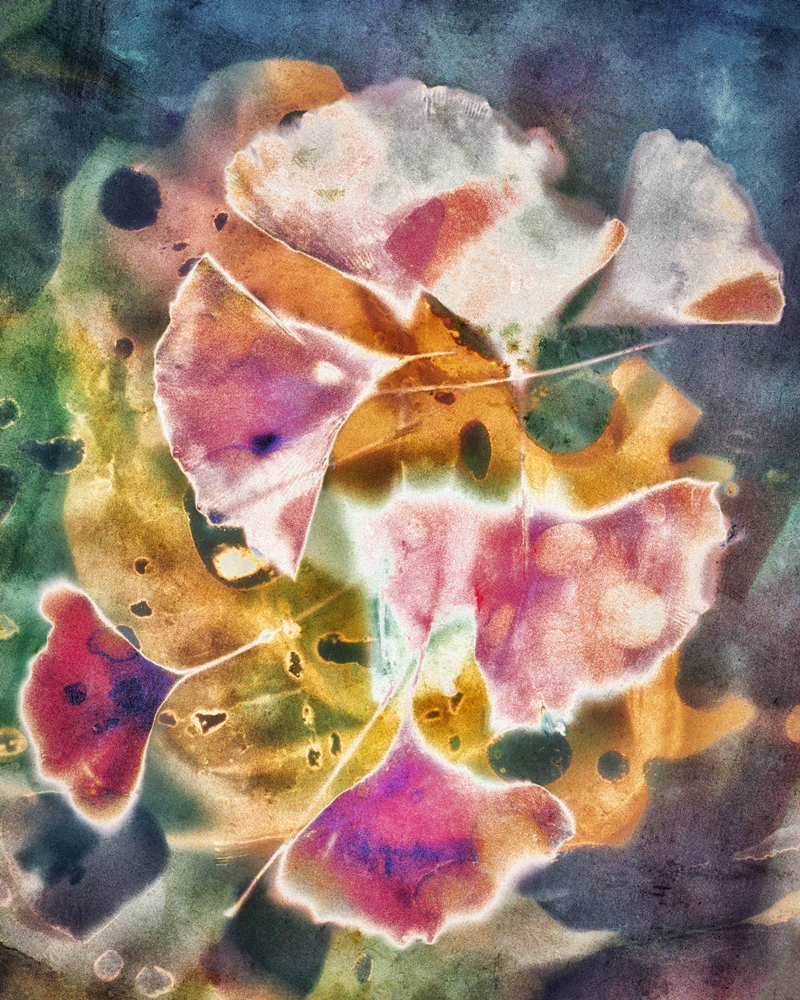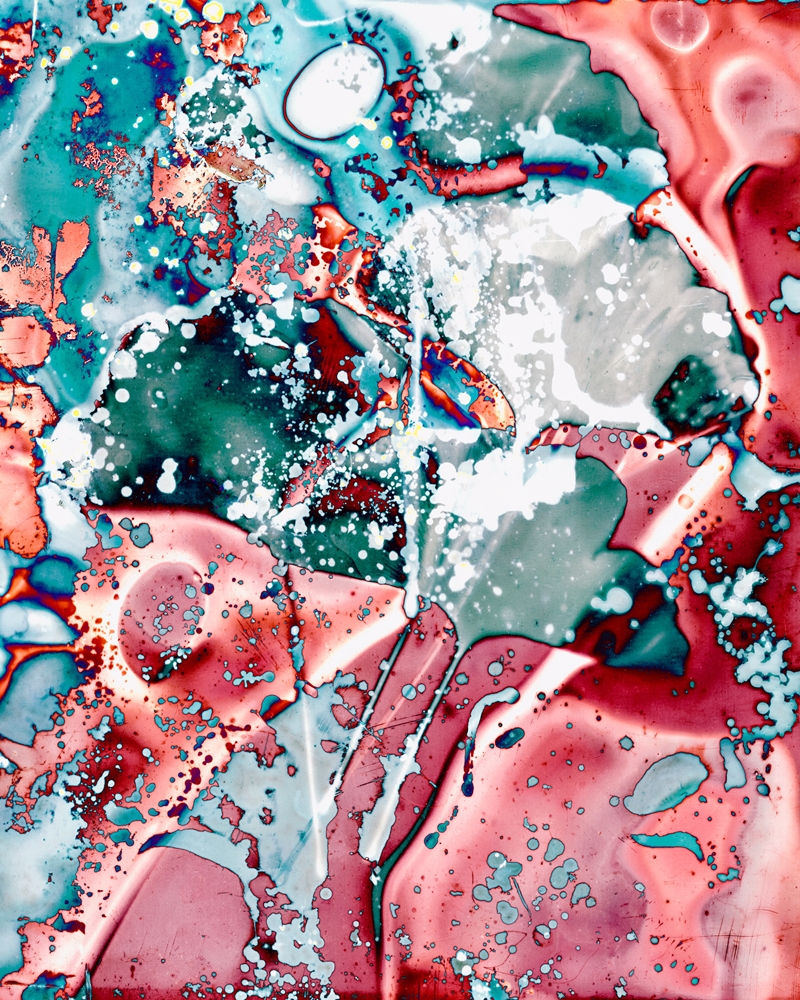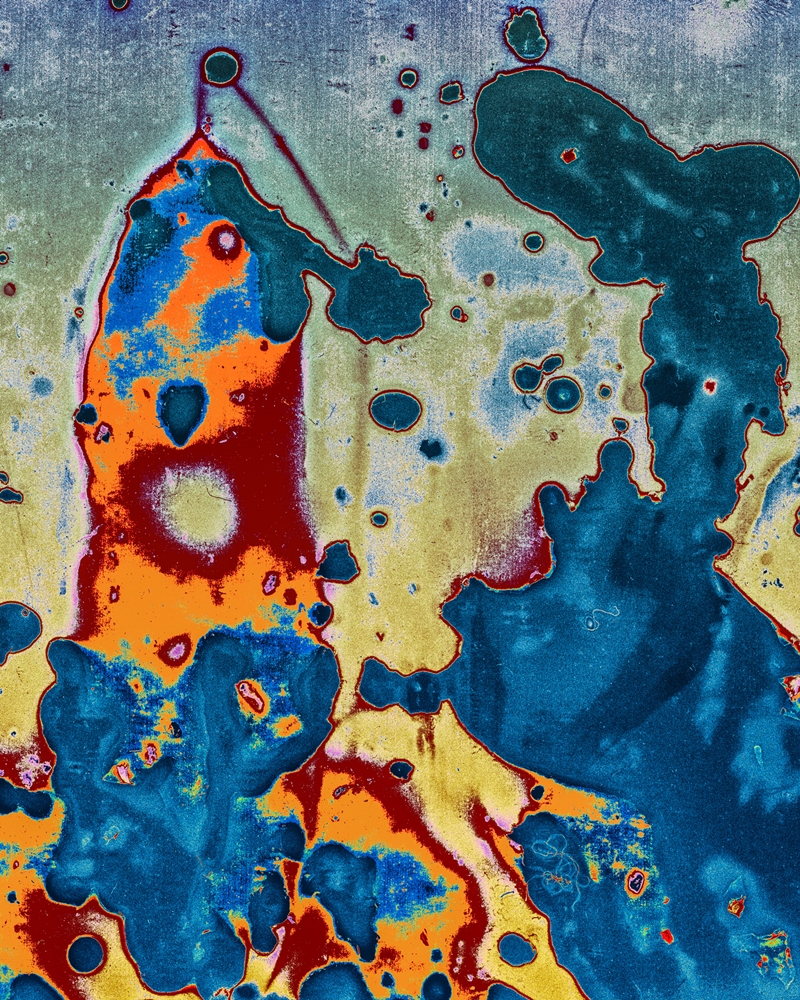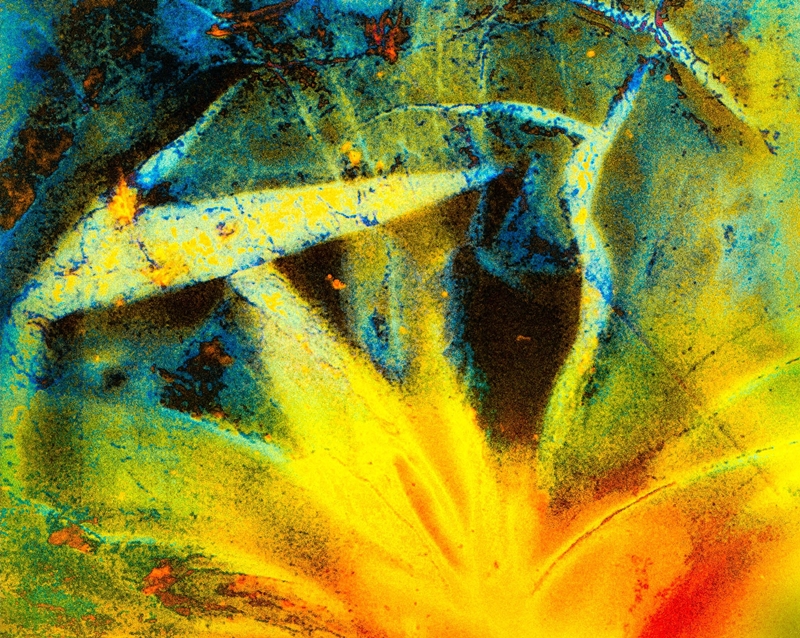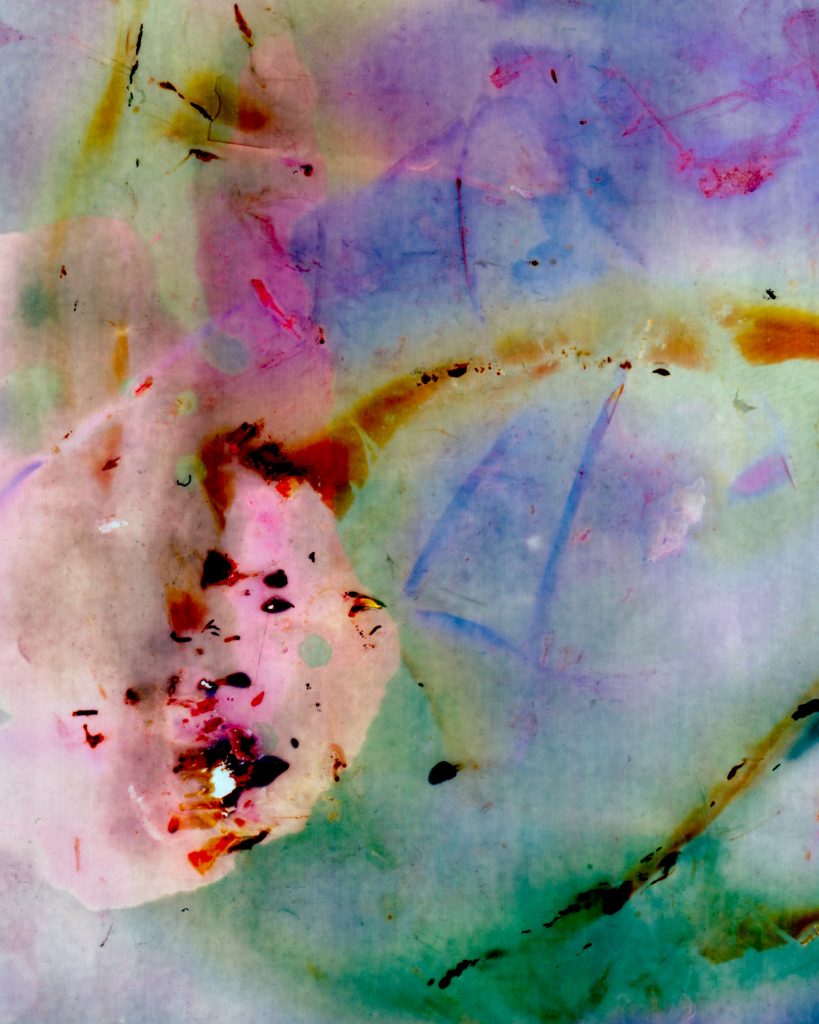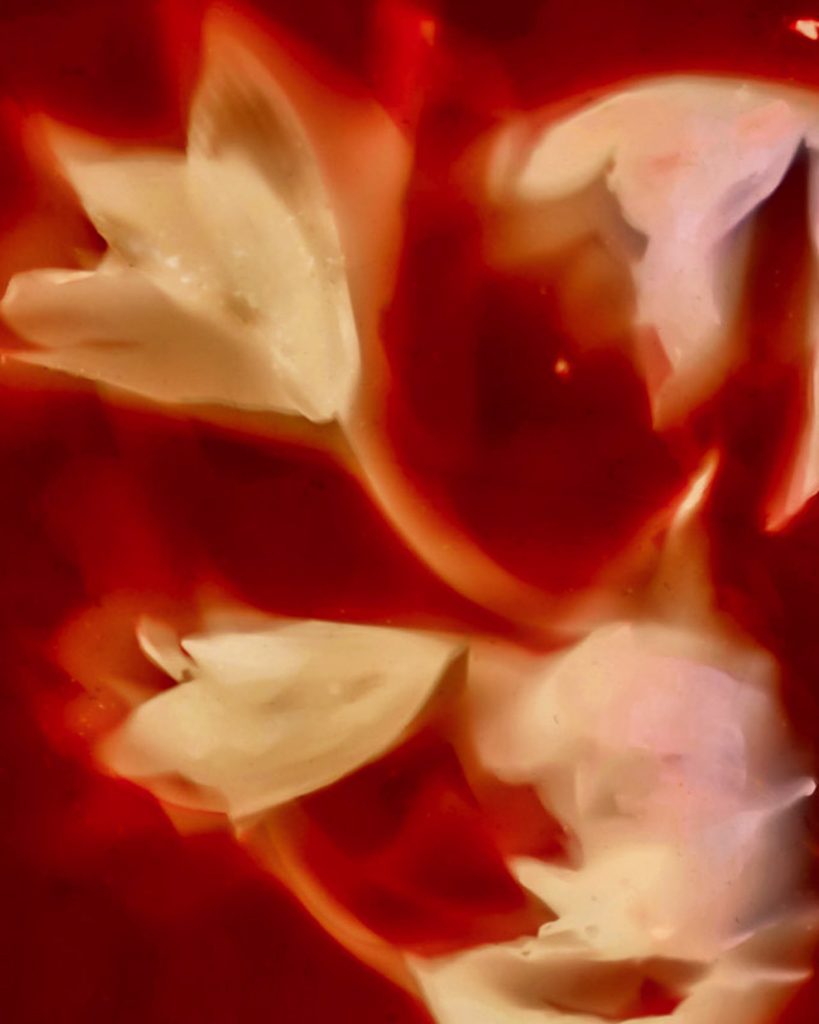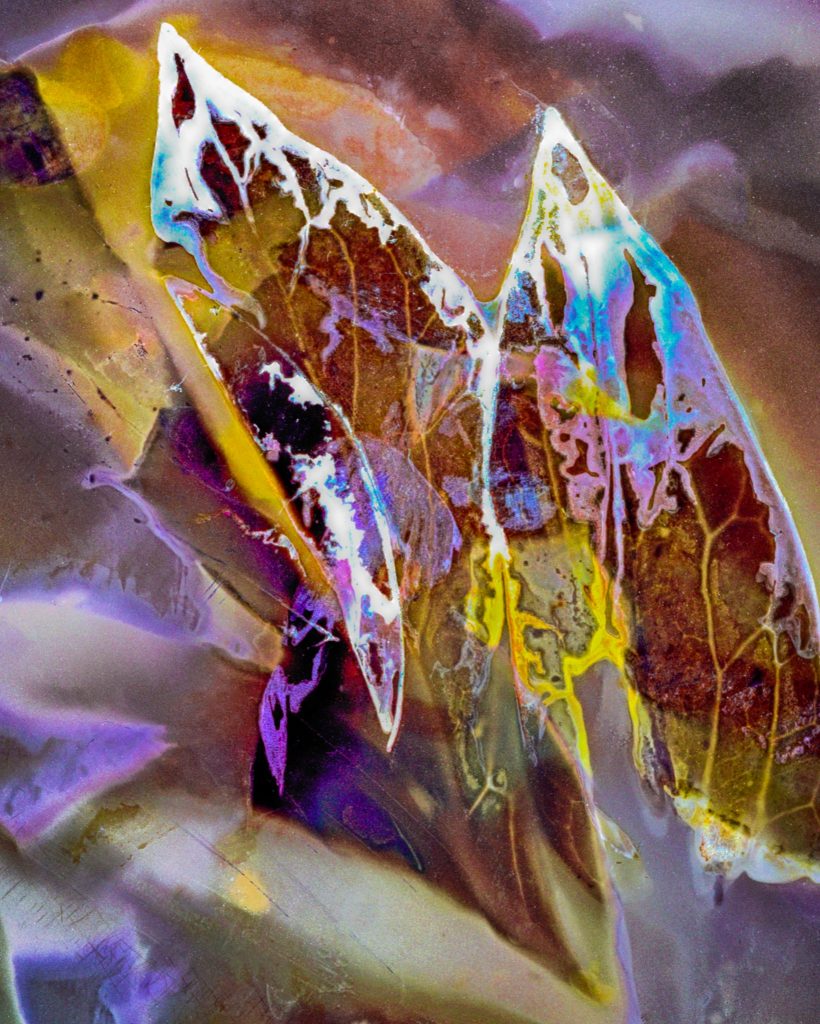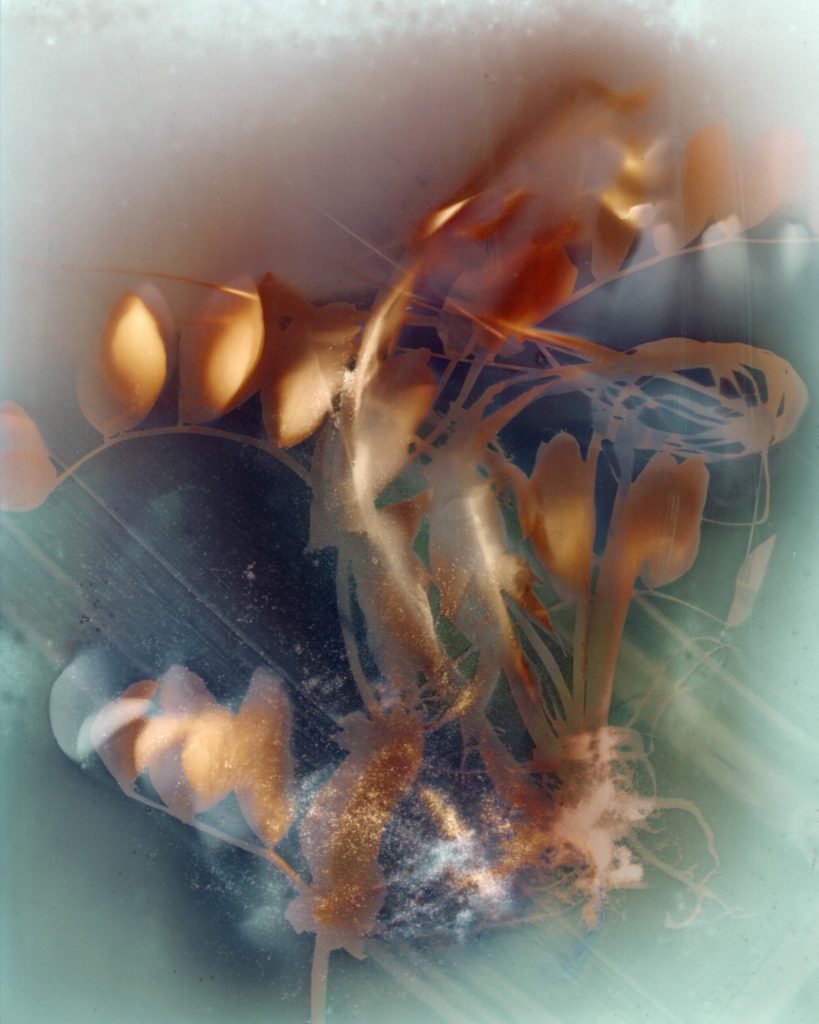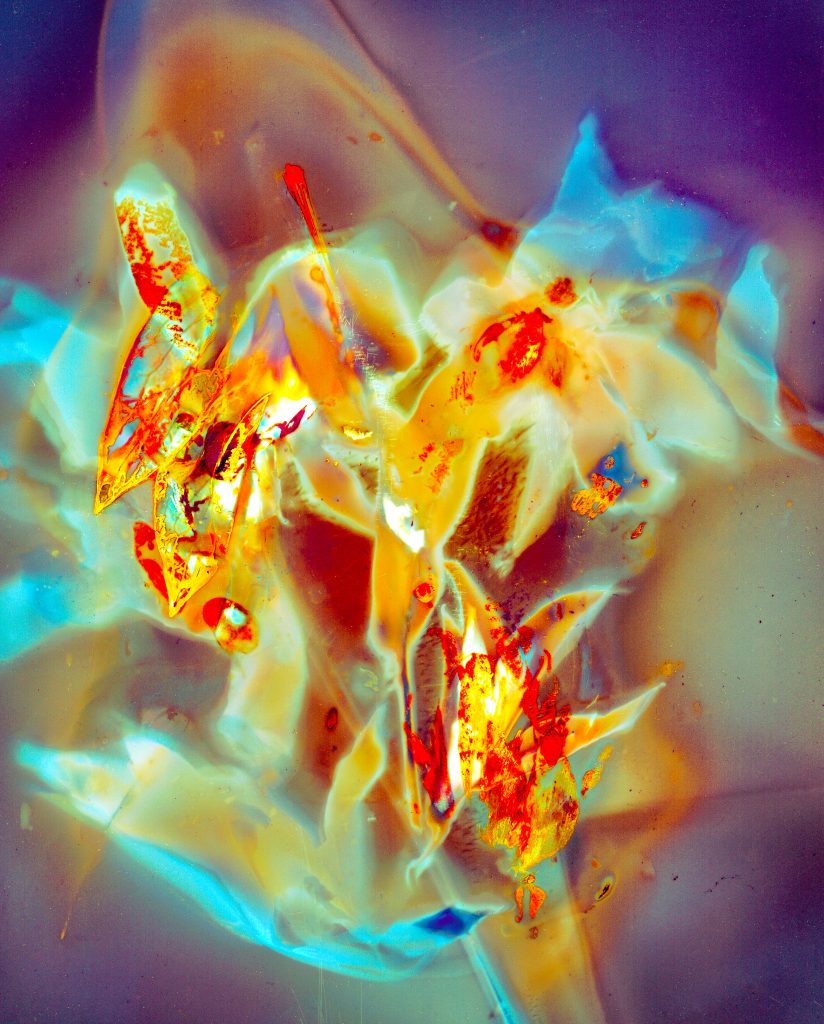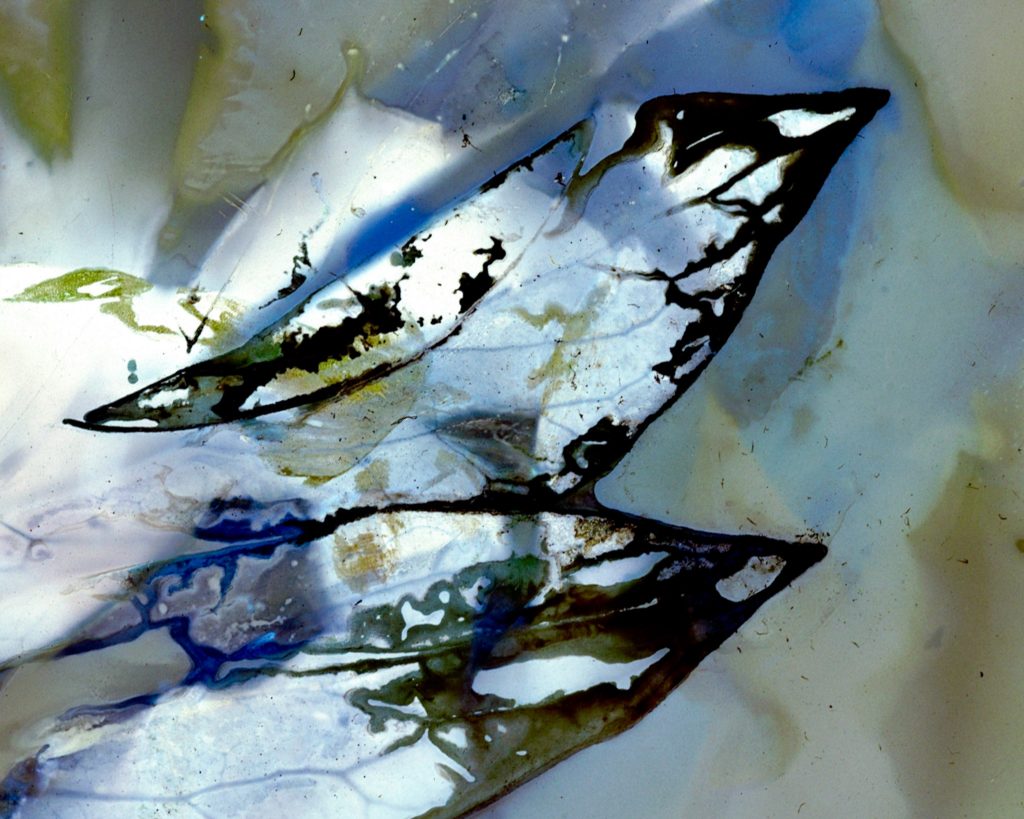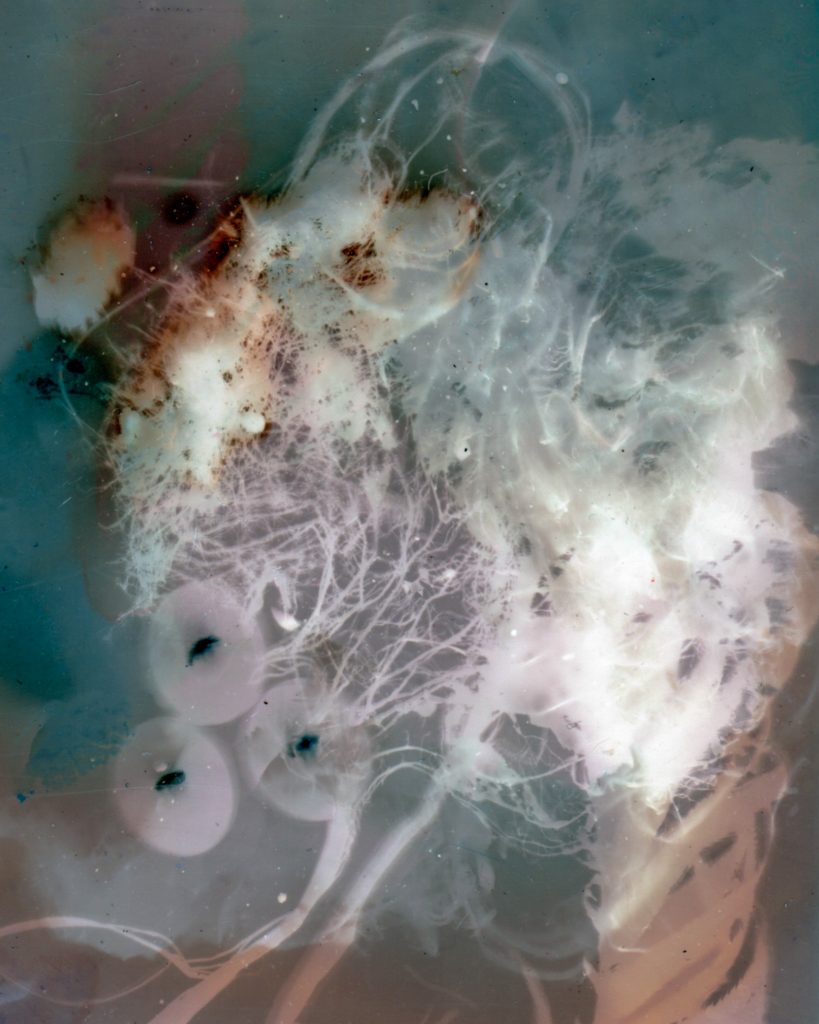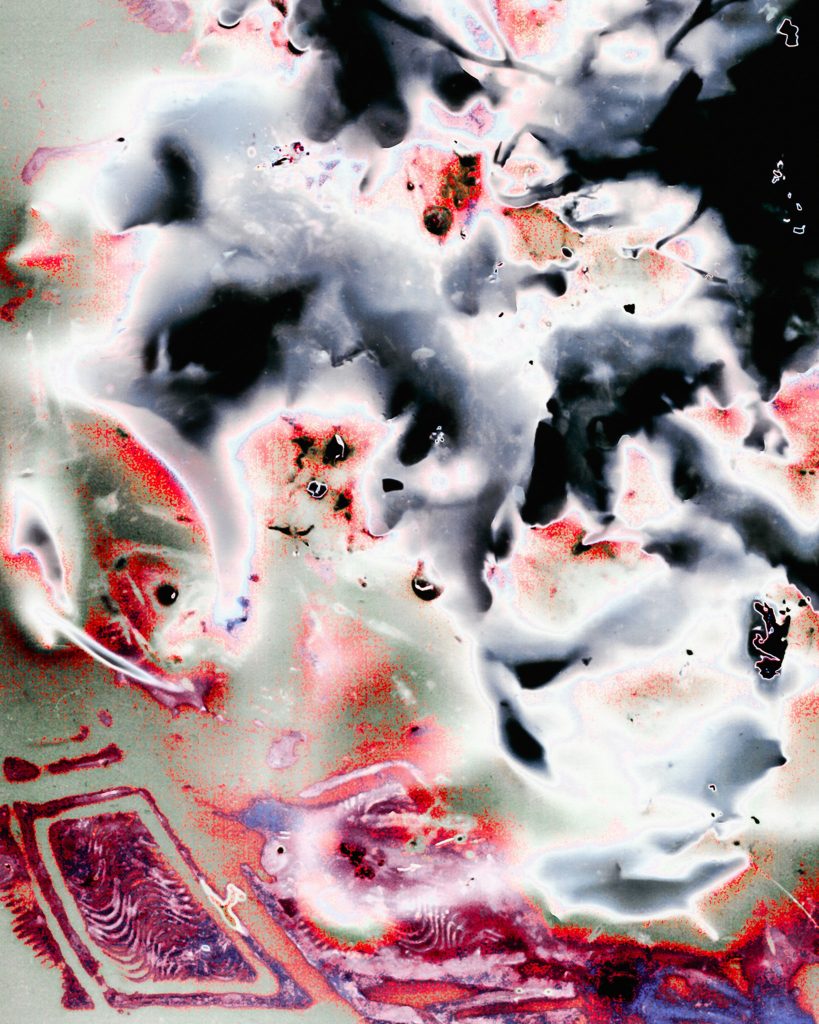Phyllis Schwartz is a multi-disciplinary artist who works in photography, ceramics and publishing. She is an Emily Carr University graduate with a concentration in photography and the recipient of the Canon Photography Award. As a visual artist, she seeks detail, texture, and poetic elements. Schwartz uses photography to investigate and record what eludes the eye. Her photography has been installed, exhibited and published locally, across Canada and internationally; her works are in public, corporate and private collections. These collections include the Farmboy Collection at the Rosewood Hotel Georgia and St. Paul’s Hospital Art Collection. Recent exhibitions include LightSensitive: celebrating images from the darkroom (Gilbert, Arizona) Illuminations and Impressions (die Bedürfnisanstalt, Hamburg, Germany), Unique (A Smith Gallery, Johnson City, Texas), Telling Stories: a visual art exhibition (On-Tak Cheung Gallery/Chinese Cultural Centre, Vancouver, Canada) and Intervals: photography in flux (South Main Gallery, Vancouver).
Born in Brooklyn, raised in Texas, educated in the Mid-West, Phyllis Schwartz migrated to Western Canada during the 70s, where she put down roots and grew her artist practice. Coming from a family of artists, she was surrounded by clicking cameras, maquettes and conversations about art exhibitions. She remembers a summer camp conversation with the art teacher in the pottery shed and sometimes wonders if this is where her pursuit of an artist practice began. Biology class was her first opportunity to learn observational drawing, an early lesson in blind contour drawing and trusting eye-hand coordination. Schwartz began making photographs with a box camera at the age of seven and always had a camera with her, especially when she travelled, early evidence of her interest in detail and situational portraits. Throughout her teaching career, she infused art assignment into the academic subjects she taught and found creative ways to engage students in art experiences as part of the course content. During those years, Schwartz spent long nights making her own art until she found a way to move from a teaching practice into an artist practice that included guest teaching and residencies, which in turn allowed more time for artmaking and curatorial work.
Photography by Phyllis Schwartz is experimental and versatile. Drawing inspiration from the work of Jerry Burchfield, Andy Goldsworthy, Adam Fuss and Anna Atkins, she is one of the few contemporary artists making experimental artwork using the lumen print process. She is also interested in the traces and shadows made by motion and uses various cameras to achieve a cinematic effect. She has photographed dancers, aerialists and unscripted street performances. Her impressions of plant and human life hover on the cusp of abstract imagery and poetry.
Phyllis Schwartz works collaboratively with Edward Peck on photography, curatorial and publishing projects. Often their work investigates art making situated in the community, which in turn builds community. Together, they curated Intervals: photography in flux an exhibition for Vancouver’s Capture Photography Festival in 2016. Schwartz and Peck recently completed the publication of Artists in Residence: Mary Filer and Harold Spence, a photo-documentation of artist studio residences belonging to two cultural pioneers in the Vancouver art scene. Recently, Phyllis Schwartz and Edward Peck launched the second edition of Seeking the Nuance, a book about nuances of glaze making in the ceramics community in Vancouver that is inextricably tied to the work of Bernard Leach, founder of the Leach Pottery, St.Ives in Cornwall, UK.
Read more below.
Artist Statement – Phyllis Schwartz
A photograph can record what eludes the human eye, and I choreograph a process that allows an image to take on a life of its own. I use the photographic process as an investigative tool to seek detail, texture and universals. My artist practice fuses the organic and technological elements of the natural environment. My hybrid prints are photograms made by a contact printing process that leaves traces and shadows on photosensitive surfaces. Plant enzymes and atmospheric conditions also interact with the surface to produce unexpected results on the surface of the paper or sheet film, leaving X-rays like marks of both their shapes and interiors. These impressions of the plant life hover on the cusp of abstract imagery and poetry.
A photogram is an alternative photography process as well as a form of hybrid printmaking. In a time when many conversations about photography incline toward questions about how much manipulation takes place to make the image, the photogram process produces a unique photographic object that has been hand composed by the photographer. My own camera-less process is informed by early makers of photograms like Laszlo Moholy-Nagy, Christian Schad, and Man Ray, as well as more contemporary practitioners like Jerry Burchfield and Adam Fuss. Burchfield, an early pioneer in Lumen Printing, bypassed the mechanical process of photography to record imagery directly to photographic paper. Fuss choreographs his photograms of smoke, snakes under christening gowns and babies who appear to be floating in water. These techniques have inspired me to create images that condense a composition into a more intense experience, a kind of poetry.
My current series of hybrid prints are made by using a contact printmaking process that leaves traces and shadows on sheet film. Using a Lumen Print process I make images that are digitized for further processing as a digital print. I am fascinated by the abstract compositions that emerge as the print comes to life. In this transition from ambiguity to composition, my eye-brain searches for a recognizable form, usually a pair of eyes. Scientists explain this as pareidolia, the phenomenon of seeing a man in the moon, dragons in clouds and faces in tree bark. My Lumen Prints work in this space to render smaller ambiguous pareidoric artifacts that engage my viewers on a primal level to look again, to make their own meaning from ambiguity.
This new direction goes beyond the photogram pioneers to forge a hybrid form of photo-printmaking. Whereas Fuss choreographs an illusory moment fixed on film and Burchfield seeks the ephemeral quality of light, my work was about the direct transmission of data from the subject to the photosensitive paper without the use of a camera or enlarger. It is about the intensity of the marks made on photosensitive paper, an investigation of chemistry activated by light. In a larger sense, my work is a poet’s inquiry into the nature of permanence and impermanence. It asks, “What remains?”
PHYLLIS SCHWARTZ | Curriculum Vitae
EDUCATION
2010 BFA (Honours Photography), Emily Carr University of Art + Design, Vancouver, BC.
2006 Diploma (Art Education), University of British Columbia, Vancouver, BC. 1973 MA (Ed, Curriculum Design), Simon Fraser University, Burnaby, BC.
1967 BA (English, Minor in History), University of Illinois, Urbana, Illinois.
PROFESSIONAL EXPERIENCE
2012 – Present Artist in Residence, ArtStarts, Vancouver, BC
2013 – 2020 The Sketchbook Project, Coordinator. Vancouver School Board and UBC Faculty of Education
2021 -2022 Coast Collective Art Society, Director
2022 Wallace Stegner House Art Residency, Eastend Arts Council, Eastend, Saskatchewan
2023 – Present Metchosin ArtPod Collective Member, Metchosin, BC
AWARDS
2022 Juror’s Choice, Still Occupied, Ekphrasis (Metchosin ArtPod, Metchosin, BC)
2022 Honourable Mention, Light Sensitive, Art Intersection, Gilbert, Arizona
2014 Cascadia (Honourable Mention). Arts Council of Surrey/Surrey Art Gallery, Surrey, BC
2010 Canon Photography Award (First Place). Emily Carr University, Vancouver BC.
2000 Nystrom Award for Innovation in Teaching (BC Social Studies Teachers’ Association).
1996 Speaker of the House Award for Excellence in Teaching
SOLO EXHIBITIONS
2023 Aperion, Xchanges Art Gallery, Victoria, BC
2017-2018 Illuminations: Lumen Prints, Truth and Beauty Digital Gallery, Vancouver
2014 Illuminations (digital prints from handmade negatives). Chinese Cultural Centre, Vancouver
SELECTED GROUP EXHIBITIONS
2023 Selected Images, Jouer contre des expositions, Ágora colectivo, (Centre Civic Pati Limona, Barcelona)
2023 Selected Cyanotypes, Look Again (Metchosin ArtPod, Metchosin, BC)
2002 Selected Digital Prints, Ekphrasis (Metchosin ArtPod, Metchosin, BC)
2022 Selected Cyanotypes, Light Sensitive, Art Intersection, Gilbert, Arizona
2021 – 2023 Selected images, Sooke Fine Arts Show, Sooke, BC [on line]
2021 Selected Lumen Prints, Altered Images at Hand, Propeller Art Gallery, Toronto
2020 Active Pass Drama. Light. A Smith Gallery, Johnson City, Texas
2019 Selected Lumen Prints, Collaborative Alchemy Amelia, Douglas Gallery, New Westminster
2018 Selected Lumen Prints. Light Sensitive. Art Intersection, Gilbert, Arizona
2015 Telling Stories: a visual exhibition (with Edward Peck and Jim Friesen), Sassamatt Publications
2016 Intervals: Photography in Flux. Capture Photography Festival, South Main Gallery, Vancouver
2014 Impressions and Illuminations, Die Bedürfnisanstalt, Hamburg, Germany
2012 I Cannot Look Away: selected images. In the Earth, in the Sky. Äkkagaleria. Jyväkylä, Finland.
2010 Selected Lumen Prints. Emily Carr University Awards, Winsor Gallery, Vancouver, BC.
SELECTED CURATORIAL PROJECTS
2019 – 20 Natural Alchemy/ Collaborative Alchemy (with Edward Peck), North Vancouver, New Westminster, Port Coquitlam, Coquitlam
2016 Intervals: Photography in Flux (with Edward Peck). Capture Photography Festival, Vancouver
SELECTED PUBLISHED WRITING, PHOTOGRAPHY AND ARTIST PROJECTS
2023 Aperion in the White Mud Valley (with Edward Peck), Sassamat Publications, Victoria
2022 Solar-Powered: The Dazzling Alchemy of Lumens by Phyllis Schwartz. PhotoED (Peppa Martin, Editor and Curator, Toronto, Winter 2022-23)
2020 Collaborative Alchemy: plant-based visual art, Editor (with Edward Peck and Pierre Leichner). Sassamatt Publications, Victoria, BC.
2017 Seeking the Nuance: Glaze Experiments of the 60s and 70s from the Ceramic Studios at UBC, (Second Edition) Editor (with Glenn Lewis and Debra Sloan). Potters Guild of BC, Vancouver, BC.
2014 Artists in Residence: Mary Feiler and Harold Spence Sales (with Edward Peck), Sassamatt Publications, Vancouver
PUBLIC, PRIVATE AND CORPORATE COLLECTIONS
2010 – present St Paul’s Hospital Art Collection, Vancouver, BC.
2010 – present Rosewood Hotel Georgia (Curated by Farmboy Fine Arts), Vancouver
2004 – present Additional Private Collections from national and international art sales
Phyllis Schwartz (菲利斯·施瓦茨) 是一位多学科艺术家,从事摄影、陶瓷和出版工作。她毕业于加拿大艾米丽卡尔艺术大学,主修摄影,并获得佳能摄影奖。作为一名视觉艺术家,她寻求细节、质感和诗意元素。施瓦茨使用摄影来调查和记录眼睛无法看到的东西。她的摄影作品已在本地、加拿大和国际上安装、展出和出版;她的作品被公共、企业和私人收藏。这些藏品包括乔治亚瑰丽酒店的 Farmboy 藏品和圣保罗医院艺术藏品。最近的展览包括 LightSensitive:庆祝暗房中的图像(亚利桑那州吉尔伯特) Illuminations and Impressions(die Bedürfnisanstalt,德国汉堡),Unique(史密斯画廊,德克萨斯州约翰逊城),Telling Stories:视觉艺术展览(On-Tak Cheung Gallery/中国文化中心,加拿大温哥华)和Intervals:摄影在不断变化(South Main Gallery,温哥华)。
Phyllis Schwartz 出生于布鲁克林,在德克萨斯长大,在中西部接受教育,在 70 年代移居加拿大西部,在那里扎根并发展了她的艺术实践。她来自一个艺术家家庭,周围都是点击相机、模型和关于艺术展览的谈话。她记得夏令营和陶艺老师在陶艺棚里的谈话,有时想知道她是否从这里开始了她对艺术实践的追求。生物课是她学习观察性绘画的第一次机会,这是关于盲人轮廓绘画和信任手眼协调的早期课程。施瓦茨 7 岁开始用盒式相机拍摄照片,并随身携带相机,尤其是在旅行时,这是她对细节和情景肖像感兴趣的早期证据。在她的教学生涯中,她将艺术作业融入她所教授的学术科目中,并找到了创造性的方法让学生参与艺术体验,作为课程内容的一部分。在那些年里,施瓦茨花了很长时间创作自己的艺术作品,直到她找到了一种从教学实践转变为包括客座教学和驻留在内的艺术家实践的方法,这反过来又为艺术创作和策展工作留出了更多时间。
Phyllis Schwartz 的摄影作品具有实验性和多功能性。从 Jerry Burchfield、Andy Goldsworthy、Adam Fuss 和 Anna Atkins 的作品中汲取灵感,她是少数使用流明印刷工艺制作实验艺术品的当代艺术家之一。她也对运动产生的痕迹和阴影感兴趣,并使用各种相机来实现电影效果。她拍摄了舞者、空中飞人和没有剧本的街头表演。她对植物和人类生活的印象徘徊在抽象意象和诗歌的风口浪尖上。
Phyllis Schwartz 与 Edward Peck 合作开展摄影、策展和出版项目。他们的作品通常调查位于社区中的艺术创作,从而建立社区。他们共同策划了 2016 年温哥华捕捉摄影节的展览“间隔:不断变化的摄影”。施瓦茨和佩克最近完成了《艺术家驻留:玛丽·菲勒和哈罗德·斯宾塞》的出版,这是一份属于两位文化先驱的艺术家工作室住宅的照片文档在温哥华艺术界。最近,Phyllis Schwartz 和 Edward Peck 推出了第二版 Seeking the Nuance,这是一本关于温哥华陶瓷社区釉料制作细微差别的书,与圣艾夫斯 Leach Pottery 创始人 Bernard Leach 的工作密不可分。英国康沃尔。
一张照片可以记录人眼无法看到的东西,我编排了一个过程,让图像呈现出自己的生命。我使用摄影过程作为调查工具来寻找细节、质感和普遍性。我的艺术家实践融合了自然环境的有机和技术元素。我的混合印刷品是通过接触印刷工艺制作的照片,在感光表面上留下痕迹和阴影。植物酶和大气条件也会与表面相互作用,在纸张或薄膜表面产生意想不到的结果,在它们的形状和内部留下像 X 射线一样的痕迹。这些对植物生命的印象徘徊在抽象意象和诗歌的风口浪尖上。
照片是另一种摄影过程,也是混合版画的一种形式。在许多有关摄影的讨论都倾向于关注制作图像需要进行多少操作的问题时,摄影过程产生了一个由摄影师手工构图的独特摄影对象。我自己的无相机过程是由早期的摄影作品制作者如 Laszlo Moholy-Nagy、Christian Schad 和 Man Ray 以及更现代的实践者提供的比如杰里·伯奇菲尔德和亚当·弗斯。伯奇菲尔德是流明印刷的早期先驱,绕过摄影的机械过程,将图像直接记录到相纸上。 Fuss 为他的照片编排了烟雾、洗礼袍下的蛇和似乎漂浮在水中的婴儿。这些技巧激发了我创作图像,将构图浓缩为更强烈的体验,一种诗意。
我目前的一系列混合印刷品是通过使用接触印刷工艺制作的,该工艺在胶片上留下痕迹和阴影。使用流明打印过程,我制作了数字化的图像,以便作为数字打印进行进一步处理。当印刷品栩栩如生时出现的抽象构图让我着迷。在从模糊到构图的过渡过程中,我的眼脑寻找可识别的形式,通常是一双眼睛。科学家将其解释为幻觉,即在月球上看到人、在云中看到龙和在树皮中看到面孔的现象。我的流明版画在这个空间中工作,以渲染更小的模棱两可的假象,让我的观众在原始层面上再次观看,从模糊中表达自己的意义。
这个新方向超越了摄影先驱,打造了一种混合形式的照片版画。虽然 Fuss 编排了一个固定在胶片上的虚幻时刻,而 Burchfield 寻求光的短暂质量,但我的工作是关于在不使用相机或放大机的情况下将数据从主题直接传输到感光纸。它是关于光敏纸上标记的强度,是对光激活化学的研究。从更大的意义上讲,我的作品是诗人对恒常与无常本质的探究。它问:“还剩下什么?”

